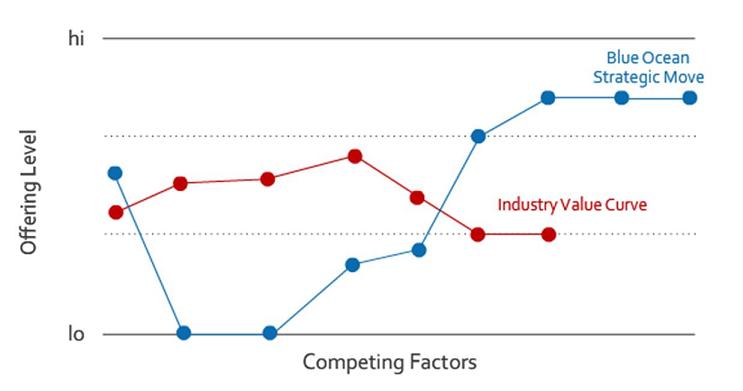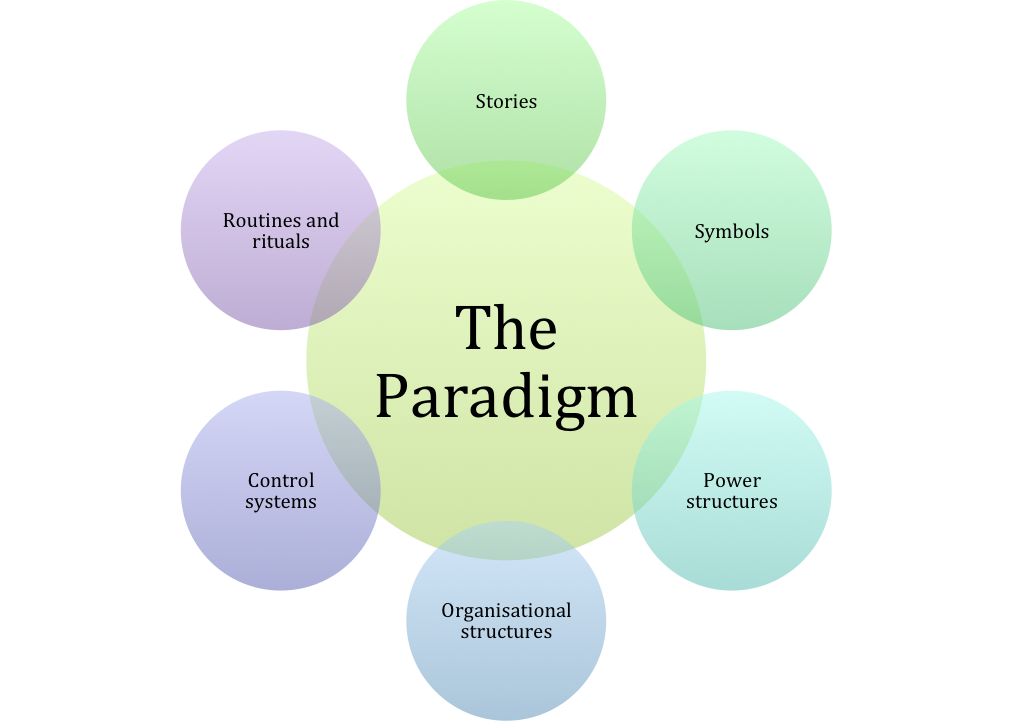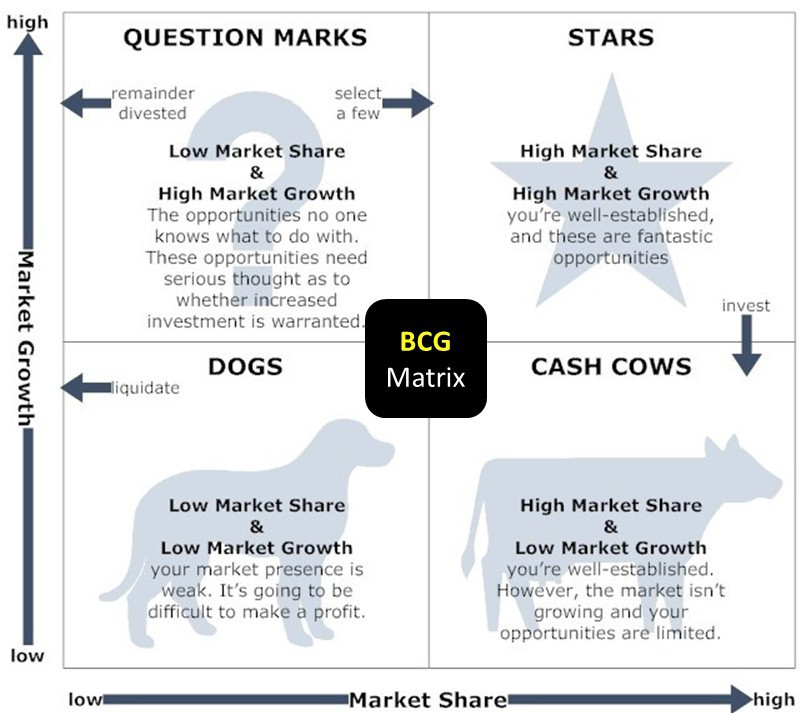A term coined by Andrew Grove, former CEO of Intel to describe a dramatic change in competitive forces. At that time, the leaders must give up the past, see closely how the industry is evolving and find new ways of competing. This point of dramatic change in the industry is known as Strategic Inflection Point. “a strategic inflection point is a time in the life of business when its fundamentals are about to change. That change can mean an opportunity to rise to new heights. But it may just as likely signal the beginning of the end” Andrew S. Grove, Only the Paranoid Survive. For example, the arrival of containers marked a strategic inflection point in the shipping industry. The introduction of the IBM PC was a strategic inflection point in the computer industry. The emergence of large discount store chains like Walmart and Tesco may well turn out to Continue reading
Strategic Management Tools
Big Hairy Audacious Goal (BHAG)
Big Hairy Audacious Goal (BHAG) is the term coined by James C Collins and Jerry I Porras in their well known book “Built To Last”. Visionary Companies set Big Hairy Audacious Goals (BHAGs) that raise the bar and inspire people across all levels. According to Collins and Porras: “A true BHAG is clear and compelling, serves as a unifying focal point of effort…It has a clear finish line, so the organization can know when it has achieved the goal. It is tangible, energizing, highly focused. People get it right away; it takes little or no explanation.” BHAG is a goal, not a statement and it has a clear finish line. It’s a highly focused, tangible, and energizing goal. They typically take a 10- to 30-year commitment, but they are exciting, tangible and something everyone just “gets” without any further explanation. BHAGs only help an organization as long as it has Continue reading
An Introduction to Blue Ocean Strategy
Blue Ocean Strategy Blue ocean strategy was coined by professors W. Chan Kim and Renee Mauborgne in their book “Blue Ocean Strategy: How to Create Uncontested Market Space and the Make Competition Irrelevant” (2005). Based on 15 years of research, the authors used 150 successful strategic moves spanning 120 years of business history and across 30 industries to bring the Blue Ocean Strategy theory to life. This strategy gives a new approach to the formation of new business strategies for all businesses. Blue ocean strategy is a way to make the competition irrelevant by creating a leap in value for both the company and its customers. Blue ocean strategy is to defined, in red oceans, existing industries and businesses, an unknown market space that has never been tapped by any player in the current industry. In Red oceans, competition is severe; existing players try to outperform their rivals by using Continue reading
Stakeholder Analysis – Stakeholder Power and Interest Mapping
We can classify an organization’s stakeholders into Primary and Secondary. The primary stakeholders are those without whose continuing participation a firm cannot exist. They include shareholders & investors, employees, contractors, customers & suppliers. On the other hand, secondary stakeholders are those who influence or affect or are influenced by, the corporation, but they are not engaged in transactions with the corporation or essential for its survival. They include media, action groups, government agencies, trade unions, regulatory authorities. Stakeholder management is the process of managing the expectation of anyone that has an interest in a project or will be effected by its deliverables or outputs. Any company which aims to achieve long term success has to chalk out a strategy for managing its stakeholders. There are two major elements to Stakeholder Management: Stakeholder Analysis and Stakeholder Planning. Stakeholder Analysis is the technique used to identify the key people who have to Continue reading
Johnson and Scholes Cultural Web Model of an Organization
The cultural web provides a way of auditing an organisation’s culture. It can also identify possible barriers within the existing culture to change. The web can also be used to describe the way an organisation should look after a transformation. This particular angle is of importance for this management project, because management felt that there was a clear difference between the current cultural web and the desired one within the organisation. Culture is defined in many different ways. However, in most definitions elements like “basic assumptions and beliefs of an organisation or “the accepted way of working and behaving in an organisation” are included. Johnson and Scholes describe organisational culture as: “the deeper level of basic assumptions and beliefs that are shared by members of an organisation, that operate unconsciously and define, in a basic fashion, an organisation’s view of itself and its environment.” The assumptions and beliefs are in Continue reading
The BCG Growth Share Matrix
In the late 1960s a consultant for the Boston Consulting Group presented his ideas about cash deficient and growth deficient businesses and the need for a balance between cash generators and cash users. After that the Boston Consulting Group developed a portfolio business model based on this thinking. The model, the BCG matrix or growth share matrix, was based on the Boston Consulting Group’s knowledge and work in the area of the experience curve and of the product life cycle and how they relate to cash generation and cash requirements. The growth share matrix was intended to analyze a portfolio from a corporate perspective because it is only at that level that cash balance is meaningful. A business may, however, be segmented further using this diagnostic tool to understand the positions of its various product lines or market segments. This portfolio can therefore be made up of products in a Continue reading





